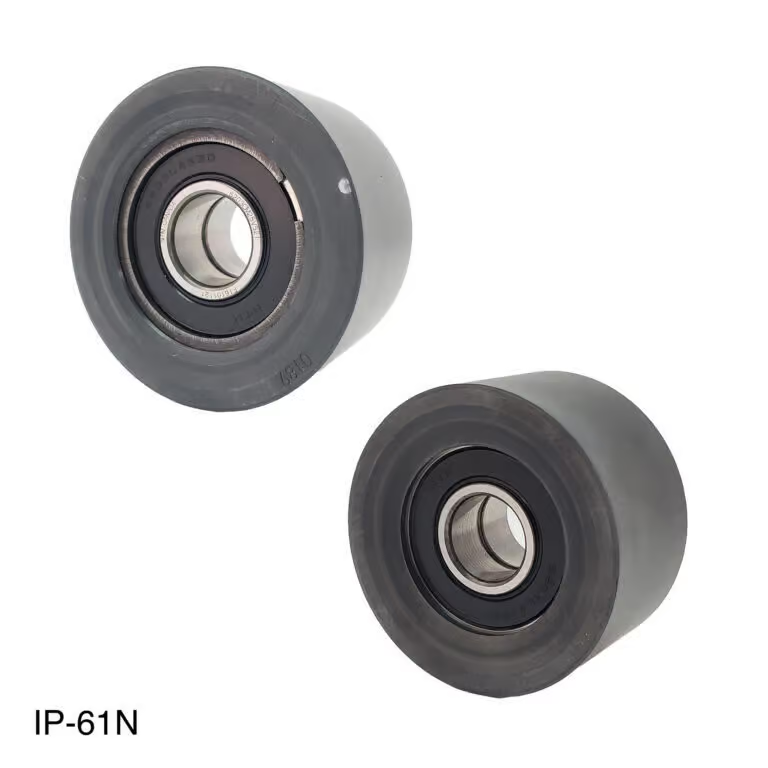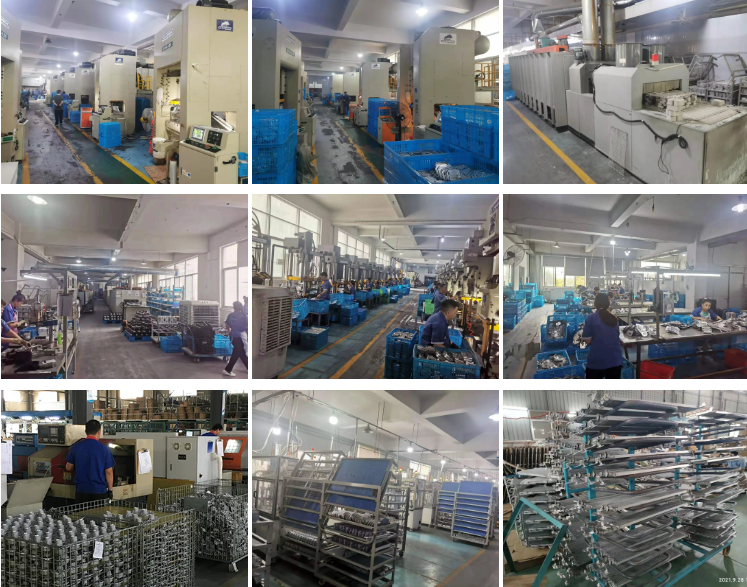What does a idler pulley do?
-
Provide Tension:
The idler pulley helps to maintain tension in the belt system by providing a smooth surface for the belt to ride on.
-
Reduce Friction:
By rotating freely, the idler pulley reduces friction in the belt system, allowing for smoother operation.
-
Support Belt Routing:
The idler pulley helps guide the belt along the correct path, preventing it from slipping off other pulleys.
-
Absorb Vibrations:
The idler pulley absorbs vibrations from the belt system, reducing noise and wear on other components.
-
Adjust Belt Tension:
Some idler pulleys are adjustable, allowing for easy tension adjustment in the belt system.
What happens when an idler pulley goes bad?
-
Increased Noise:
A bad idler pulley can cause increased noise as the belt system operates.
-
Belt Slippage:
The belt may slip off the pulleys or wear unevenly if the idler pulley is faulty.
-
Overheating:
A malfunctioning idler pulley can cause the belt to overheat due to increased friction.
-
Component Damage:
Other components in the belt system may be damaged if the idler pulley fails.
-
Loss of Power:
A bad idler pulley can lead to a loss of power in the system due to improper belt tension.
Does idler pulley need to be replaced?
-
Regular Maintenance:
It is recommended to replace the idler pulley during regular maintenance intervals.
-
Visible Damage:
If the idler pulley shows signs of wear or damage, it should be replaced.
-
Noisy Operation:
If the idler pulley is making noise or causing vibrations, it may need to be replaced.
-
Loss of Tension:
If the belt system is not staying properly tensioned, the idler pulley may need replacement.
-
Manufacturer Recommendations:
Follow the manufacturer’s recommendations for replacing the idler pulley.
Advantages of Idler Pulley
-
Improved Belt System Performance:
The idler pulley helps to optimize the performance of the belt system.
-
Extended Component Lifespan:
Properly functioning idler pulleys can prolong the lifespan of other belt system components.
-
Reduced Maintenance Costs:
By maintaining proper tension and reducing wear, idler pulleys can help reduce maintenance costs.
-
Enhanced System Efficiency:
Idler pulleys contribute to the overall efficiency of the belt system.
-
Easy Installation:
Idler pulleys are typically easy to install and replace, making maintenance simpler.
Process of Compound Pulley
-
Mold:
The mold for the compound pulley is designed and created to the required specifications.
-
Casting:
Molten metal is poured into the mold to create the pulley shape.
-
Raw Materials:
High-quality raw materials are used to ensure the durability of the pulley.
-
Production:
The pulley is produced using precision manufacturing techniques.
-
Testing:
Each pulley undergoes rigorous testing to ensure quality and performance.
-
Antirust Treatment:
The pulley is treated to prevent rust and corrosion.
-
Separate Inspection:
Each pulley is individually inspected to guarantee quality.
-
Marking:
The pulley is marked with relevant information for identification.
What is the function of the tensioner and idler pulley?
-
Maintain Belt Tension:
The tensioner and idler pulley work together to keep the belt system properly tensioned.
-
Reduce Wear:
By providing a smooth surface, the tensioner and idler pulley help reduce wear on the belt.
-
Optimize Performance:
These components contribute to the overall performance and efficiency of the belt system.
-
Support Belt Routing:
The tensioner and idler pulley guide the belt along the correct path, preventing slippage.
-
Absorb Vibrations:
These components absorb vibrations, reducing noise and extending component lifespan.
How to stop a idler pulley from squeaking
-
Clean and Lubricate:
Remove any dirt or debris from the pulley and apply lubricant to reduce friction.
-
Check Belt Tension:
Ensure the belt is properly tensioned to prevent squeaking.
-
Inspect for Damage:
Check for any signs of wear or damage on the pulley that may be causing noise.
-
Adjustment:
If the pulley is adjustable, make sure it is correctly positioned for optimal performance.
-
Replace if Necessary:
If the pulley continues to squeak, it may need to be replaced to resolve the issue.
About HZPT
HZPT, established in 2006, is a leading manufacturer of precision transmission components based in Hangzhou. We specialize in producing various components with complex processes and can customize products according to your needs. Before establishing an overseas sales team, we were already producing 3D printer parts, anti-theft screws and nuts, camera mounts, and more. We also offer assembly production services, eliminating middlemen to save time and costs. Whether your project is large or small, we strive to provide you with the highest quality, most competitive components, and the best service. Get us involved early, and we will help you spend wisely!



